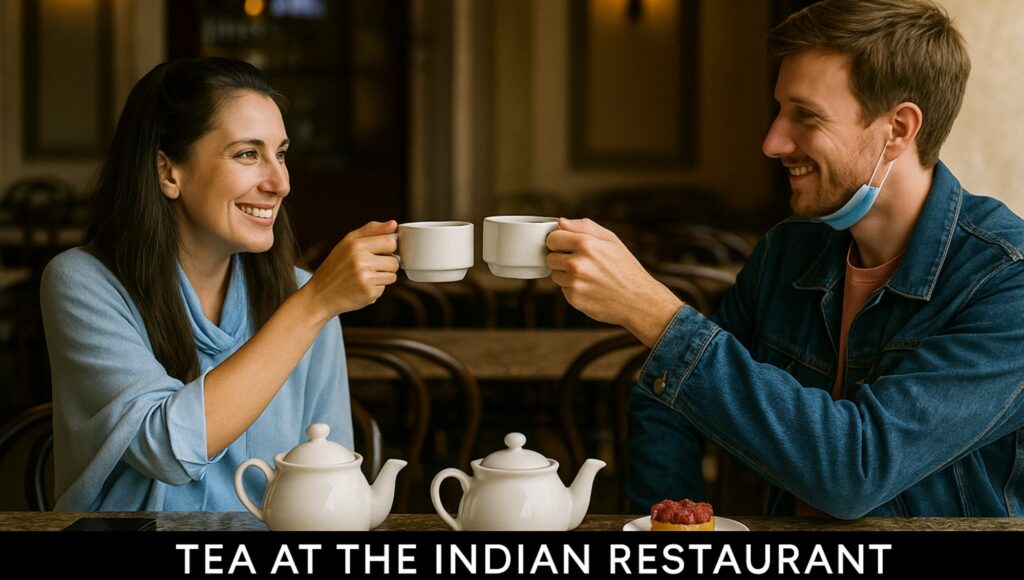Indians use the word “chai,” which is derived from the Chinese word “cha,” to refer to tea. In India, chai is made with black tea (Assam) and is then seasoned and served with copious amounts of milk and sugar. Which spices you use and in what proportions is the key to a wonderful chai. From one chai version to another, this differs greatly.
My husband and I adore chai, which is spiced tea served with cream and sugar. Over the years, we’ve tried a wide range of things. Some of them contain a lot of the spices that those of us in the West associate with the winter holidays, such nutmeg and cinnamon. Others employ spices like coriander, cumin, ginger, etc. that are more frequently found in Indian food.
Both of these versions of these spices frequently have an excessive degree of volume, much like a lot of today’s current music.
Along with chai, my husband and I also adore Indian cuisine, and we frequently prepare it at home or eat it out at an Indian restaurant nearby. (It is a wonderful thing that there are a lot of Indians living here.) We recently went to our favorite Indian restaurant in the neighborhood, which delivers some of the greatest chais we’ve ever had. In between mouthfuls of the delectable items from the lunch buffet, my husband and I drank voraciously.
Exotic-sounding dishes saag paneer contribute their delicious flavors to this chai, which is so subtle in its use of spices, so refined with the milk’s smooth texture, and so unprepossessing with the sugar that it blends with the flavors of the foods rather than competing with them. We had to inquire about the recipe from the host (the restaurant is a family business, and our host was either the owner’s son or brother).
Naturally, they begin with the robust, savory, and malty flavor of Assam black tea. They mix in a small bit of “masala” (which is simply a term for a spice mixture; this particular one is made for tea, although others are for various Indian cuisines), steep it for a short time, then strain it. For the milk to truly infuse into the tea, they add it and let it rest at a simmer for a while. After adding sugar, the tea is poured into strong, white cups made of restaurant china.
We were so thrilled with this tea that we stopped at an Indian grocery store on the way home from the restaurant. It lacked the trappings of today’s major supermarket chainstores, such as vast aisles, food demonstrations pressuring us to try this or that, music that was intended to encourage us to make more purchases, and other elements. When you opened the front door and walked inside, the most amazing aroma greeted you. It contained nearly every variety of rice, lentil, spice, and other ingredients that give Indian meal its distinctive flavor. And the owner was the friendliest, hardest-working, most courteous, and most helpful person we’ve ever met. Informing him of who we were
It’s now up to us. We hurried home with our purchases and made the decision to try to recreate that fantastic taste. eventually had to do some tinkering, but eventually got there. Maybe we should prepare some curry to go with the tea. That could be the crucial component. In any case, experimenting with tea is so much fun that we’ll keep trying new things until we get it just right.
I hope you can do your own tea experiment, whether it involves chai, tasting different green teas, or engaging in other tea-related activities. Enjoy!


